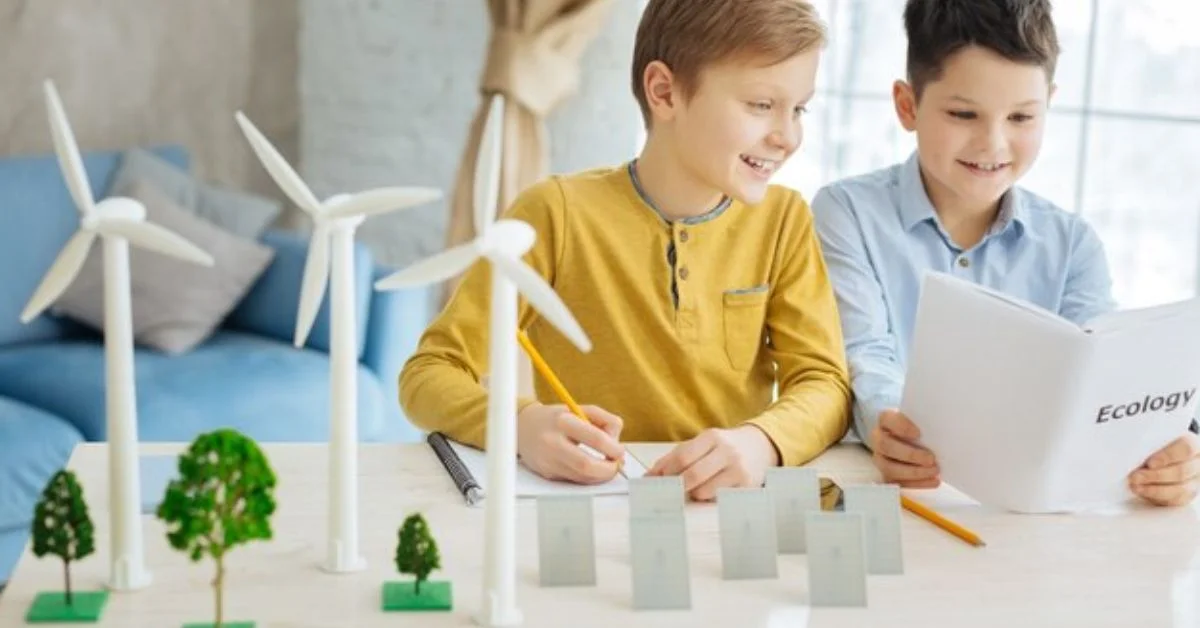Teaching children about energy conservation is an essential step toward building a more sustainable future. When kids understand the value of energy and how their actions impact the environment, they are more likely to adopt habits that save energy and promote sustainability. Here are practical and fun ways to engage children in learning about energy conservation.
1. Start with Simple Explanations
Kids grasp concepts more easily when they’re broken down into simple ideas. Explain energy conservation as “saving energy so there’s enough for everyone and the planet stays healthy.” Use relatable examples like turning off lights when leaving a room or not letting the fridge door stay open for too long.
2. Make It Interactive
Engage kids with hands-on activities:
- Energy Scavenger Hunt: Challenge them to find devices around the house that use energy and brainstorm ways to save energy with those devices.
- DIY Solar Oven: Create a simple solar cooker with aluminum foil, a pizza box, and plastic wrap to show how renewable energy works.
3. Set a Good Example
Children often imitate adults. Show them how you conserve energy by:
- Turning off unused electronics.
- Using energy-efficient appliances.
- Setting the thermostat wisely.
Explain why these habits are important so they understand the impact of small actions.
4. Use Visual Aids and Fun Tools
- Energy-Saving Charts: Create a chart to track energy-saving efforts. Reward kids with stickers or small incentives when they remember to turn off lights or unplug chargers.
- Storybooks and Videos: Use engaging content like books and cartoons about conservation to make the learning experience enjoyable.
5. Teach Through Real-Life Examples
- Electricity Bills: Show them how conserving energy reduces monthly bills and emphasize how even small changes can make a big difference. For instance, compare two months of utility statements and highlight the impact of turning off unused appliances or switching to energy-efficient devices. Additionally, discussing options like the colony electricity rates can help them understand how choosing the right energy plan can further maximize savings.
- Nature Walks: Discuss the connection between energy use and nature. For example, explain how conserving energy helps protect forests and wildlife.
6. Introduce the Concept of Renewable Energy
Explain the difference between renewable (solar, wind) and non-renewable (coal, gas) energy sources. Highlight how renewable energy helps the planet and why it’s important to use less non-renewable energy.
7. Encourage Responsibility
Give kids age-appropriate responsibilities:
- Turning off lights when leaving a room.
- Helping unplug devices not in use.
- Choosing energy-saving settings on devices like TVs and tablets.
8. Celebrate Progress
Acknowledge their efforts and progress in conserving energy. Positive reinforcement encourages long-term habits.
Conclusion
Teaching kids about energy conservation doesn’t have to be complicated. By incorporating fun activities, leading by example, and rewarding their efforts, you can instill habits that benefit both your household and the planet. The sooner kids learn the importance of saving energy, the greater their impact will be on the environment as they grow. Together, we can build a future where conservation is second nature.
For more information,click here.









